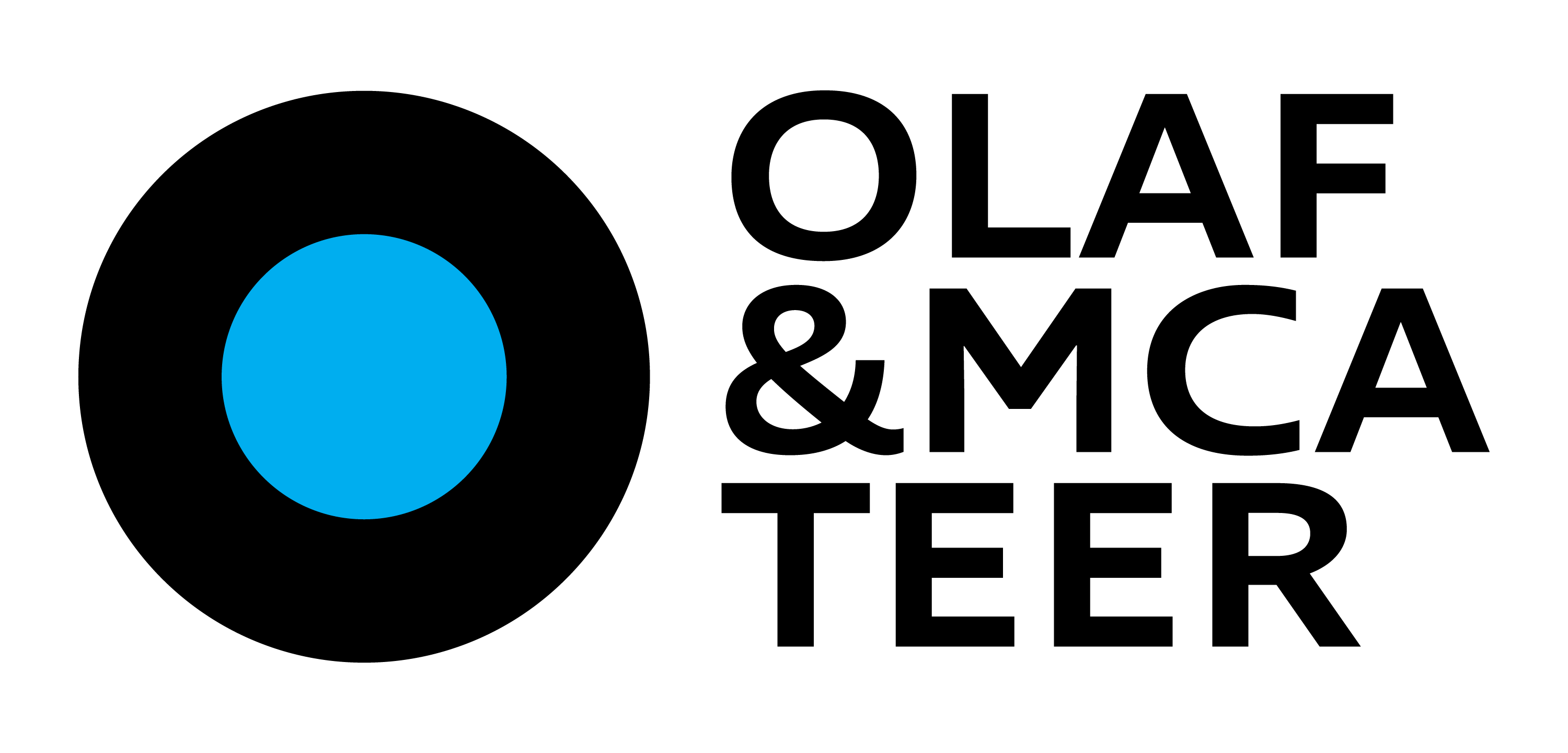
Possible directions of the adequate response of the health sector to the challenges of the COVID-19 epidemic in the period 2020-2021
Report recommends more testing, robust epidemiological surveillance, telemedicine, public-private synergies, comprehensive preparations to distribute and administer vaccines from a variety of manufacturers, outreach, and consistent communication with the general public.

A study was undertaken by the Economics Institute of Belgrade and the Epidemiology Institute at the Belgrade Faculty of Medicine, with the support from the American Chamber of Commerce in Serbia (AmCham), examined issues that pandemic management will focus on, specific measures to increase the accessibility of healthcare services for non-Covid-19 patients, and increasing preparedness for both Covid-19 and non-Covid-19 immunisation.
For the purposes of this research, a survey was conducted on a sample of 804 residents of Belgrade in September 2020 in Belgrade to assess attitudes and behaviours in connection with the prevention and perceived risks of Covid-19 infection. The survey found 41 per cent of those polled were not worried they could become infected, with 13.1 per cent claiming that the situation was ‘not as serious as it is made out to be.’ Since the public health situation has been deteriorating since late October, and as the upcoming winter season poses additional risks, actions ought to focus primarily on increasing testing capacity, strengthening epidemiological surveillance, and building capacity of the health service.
Impact of the pandemic on non-Covid-19 patients
With many Serbian healthcare facilities moving to a ‘Covid footing’, accessibility of healthcare services for patients not diagnosed with Covid-19 but suffering from other chronic or acute diseases has been reduced, in common with the situation in most other countries throughout the world.
In the first half of 2020, outpatient clinics recorded a decline of one-fifth (21.1 per cent) relative to the same period of the previous year. From April to June (Q2), the availability of all services fell by nearly one-third (27.7 per cent) in comparison to Q1. Adult healthcare services witnessed a drop of 26.8 per cent in Q2. The first half of the year also saw a fall in inpatient services relative to the 2016-2020 average; the number of preventive health examination plummeted by 64.2 per cent on Q1 2020, and bed-days fell by 33 per cent in comparison with the same period in 2019. The reduced availability of healthcare services has adversely affected chronic patients, who make more visits to doctors annually than the general population.
The study found that adjusting service provision at all levels to minimise risk to patients and staff, increasing capacity through public-private partnerships, and greater use of digital technologies and telemedicine would play a crucial role in restoring healthcare services that have been severely affected by the Covid-19 pandemic.
These measures chiefly entail minimising time spent at healthcare facilities and contacts with health workers. Moreover, examples from other countries demonstrate the huge benefits of using digital technologies, whilst positive experiences with telemedicine reveal a great deal of potential for its use after the outbreak is over.
Lastly, most European countries were quick to involve the private sector in efforts to contain the virus, in particular by using private laboratories to greatly expand testing capability. At a time when additional unplanned assets must be secured for use in addressing the outbreak, it is imperative to utilise resources and capacities rationally and increase the availability of basic healthcare services.
Immunisation may be key, but only a fifth of the population is prepared to receive the Covid-19 vaccine. Detailed preparations to distribute and administer the jab are needed, together with outreach.
In the first half of 2020, total immunisation coverage was lower than planned for this year (the lowest coverage, of 38.2 per cent, was registered for the measles, mumps, and rubella (MMR) vaccine), and achieving planned coverage by the end of the year is far from certain. The WHO and the United Nations Children’s Fund (UNICEF) are seeing similar drops in immunisation rates in most countries, and have called on national authorities to ensure vaccination can continue. Measures to that end can include additional guidance for paediatricians on immunisation during the pandemic, as well as broadening the range of locations where vaccines can be administered (such as pharmacies).
Coverage of the Serbian population at large with immunisation against seasonal influenza has lingered below desired levels for the past decade. Encouraging results were registered initially in 2008/2009 and 2009/2010 with immunisation of the elderly (over-65s), but the percentages then declined significantly in comparison with EU averages.
The cross-sectional study of the general population of Belgrade conducted in September 2020 revealed the views and attitudes towards a possible Covid-19 vaccine. Most Belgradians (slightly under one-half, or 45 per cent) are still undecided as to whether they would receive a vaccine if and when one is approved and made available. One-quarter would not submit to vaccination; no more than one-fifth are ready to do so; whilst for 9 per cent the decision will be determined by the vaccine manufacturer.
In view of the shortcomings of regular and recommended vaccination, as well as seasonal flu immunisation, on the one hand, and the worryingly low level of readiness to receive the Covid-19 vaccine found by the cross-sectional survey, urgent and comprehensive action is needed to build trust in immunisation programmes, secure capacity to distribute vaccines from a variety of manufacturers, and plan to make these jabs more accessible to the population at large to ensure the desired level of coverage (of between 60 and 70 per cent).
The study was undertaken by the Economics Institute of Belgrade and the Epidemiology Institute at the Belgrade Faculty of Medicine, with the support from AmCham members Abbvie, AstraZeneca, Galenika, GlaxoSmithKline, Hemofarm, Johnson & Johnson, MSD, Novartis, Novo Nordisk, Pfizer, and Sanofi Aventis.
Related posts
A1 Serbia launches educational game to promote online safety for children
This initiative is part of A1 Serbia’s broader ESG strategy, aimed at ethical technology use
Pet Day: Mars reminds us of the importance and benefits of pet adoption
362 million dogs and cats worldwide currently live on the streets or in shelters
IKEA unveils new edition of Its iconic STOCKHOLM collection
The latest edition features a wide range of furniture, textiles, lighting, and decorative pieces




